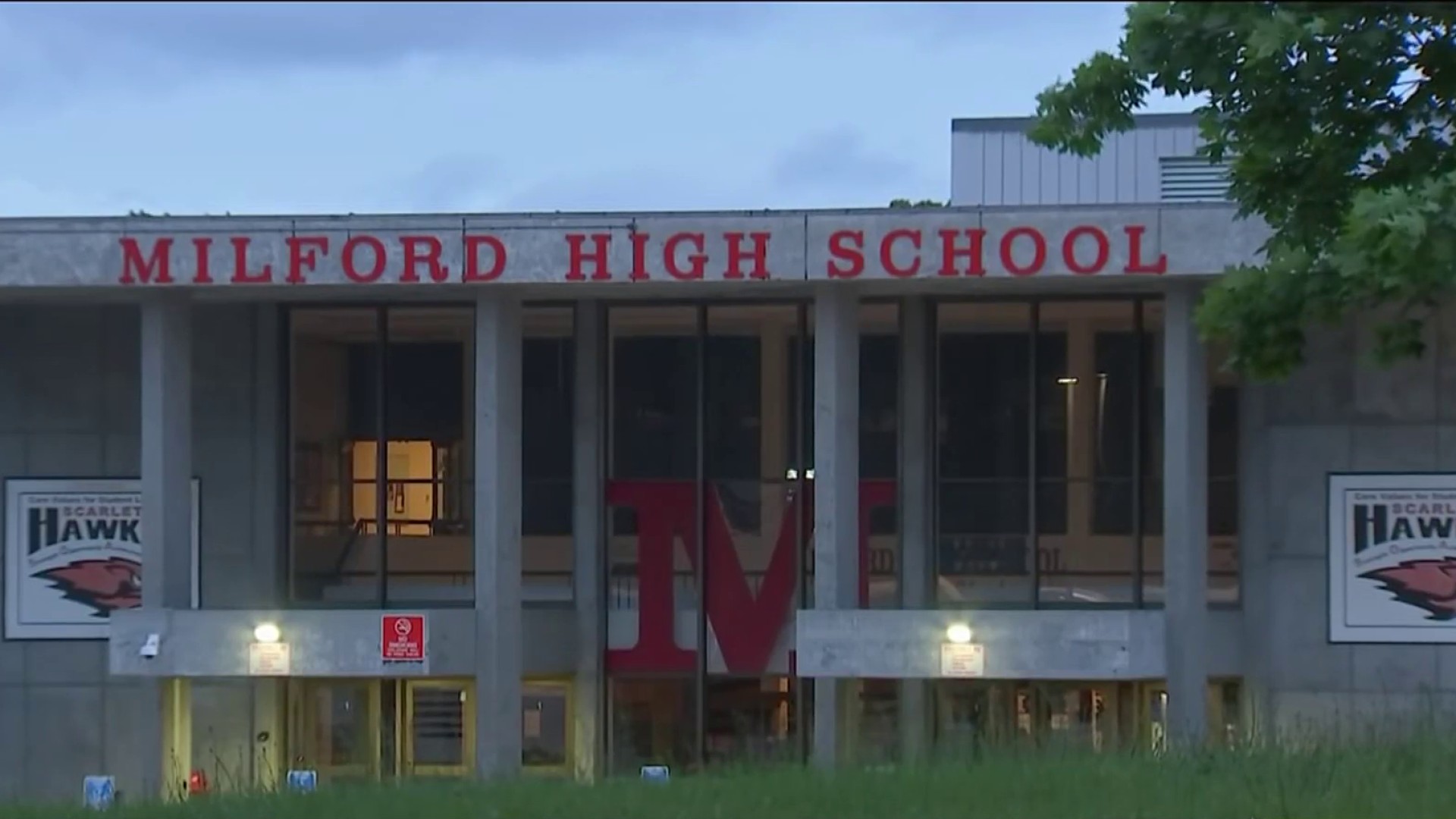Whether you twist it or dunk it, there is no wrong way to eat an Oreo. But researchers at the Massachusetts Institute of Technology made it their mission to optimize your Oreo experience.
Their goal was to answer one question: Is it possible to split an Oreo down the middle and get the same amount of cream on both sides of the wafer?
Stream NBC10 Boston news for free, 24/7, wherever you are.
Crystal Owens, an MIT mechanical engineering Ph.D. candidate, came up with the idea. She prefers twisting her Oreos but got frustrated that the filling was never evenly distributed on both sides.
"I really wanted to perfect the taste, which means you have a little bit of cream in every bite and never just wafer," Owens said.
Get updates on what's happening in Boston to your inbox with our News Headlines newsletter.
After a lot of twisting and testing, she and her team came up with the "Oreometer." The 3D-printed device uses pennies and rubber bands to create a scientifically perfect split — but the result, still, was not even.
"We want it to happen, but the physics doesn't let that happen," Owens said.
They think the manufacturing process has something to do with why they cannot evenly split it, and they think the solution is in the wafers.
Local
In-depth news coverage of the Greater Boston and New England area.
"If there's texture on the inside of the wafer, you should be able to get the cream on both sides. It's an easy fix," Owens said.
They have yet to hear from Oreo about that idea, but their study was published in the journal Physics of Fluids. If a cookie can get more people interested in science, they said that's what makes their research fulfilling.
"If people take inspiration from the study, it's to find the silly questions around them and put them to scientific study," Owens said.
As much as she loves Oreos, Owens said her next project has nothing to do with cookies. Instead, she wants to look into whether or not you can tune the fluid mechanics of ice cream so that it does not drip on a hot day.



